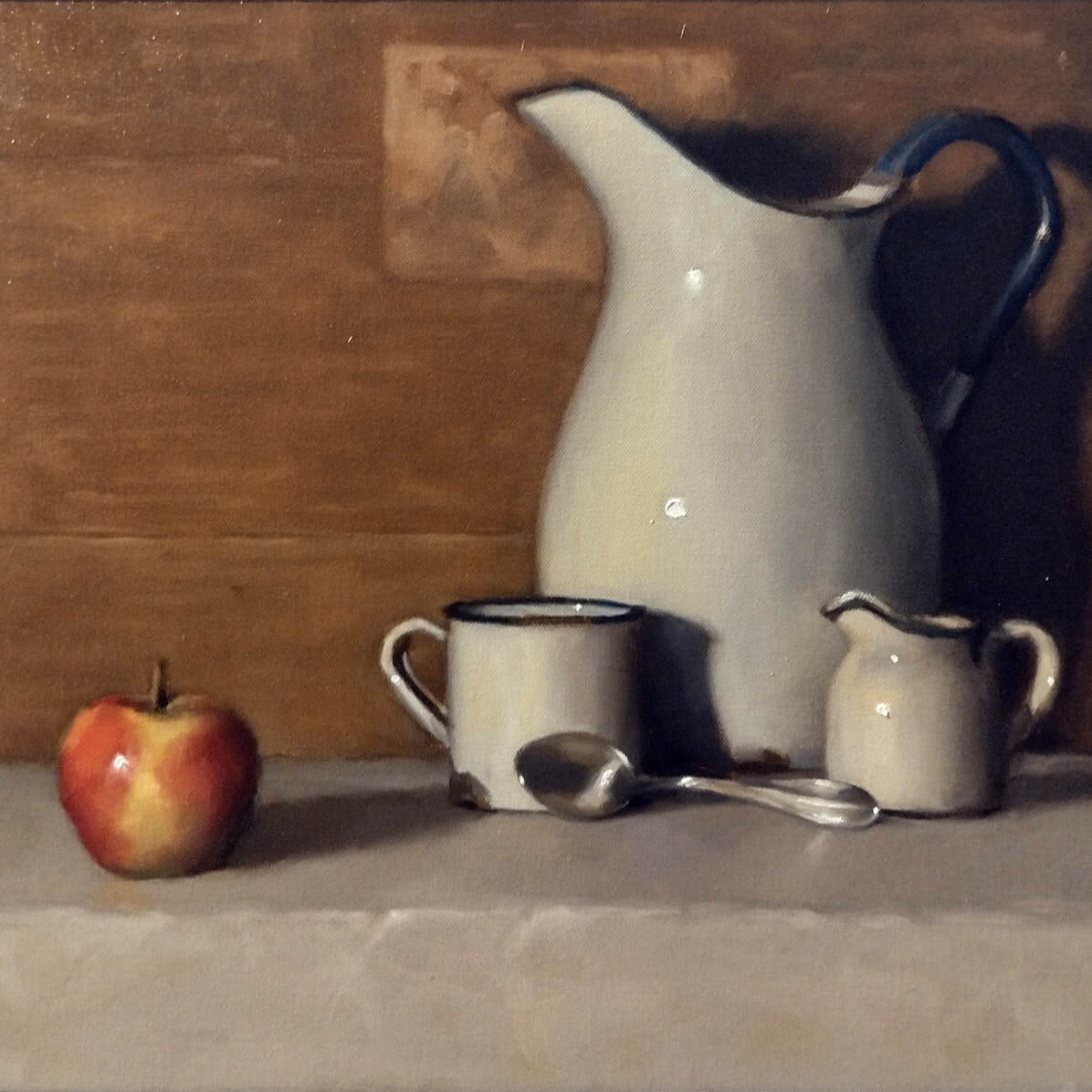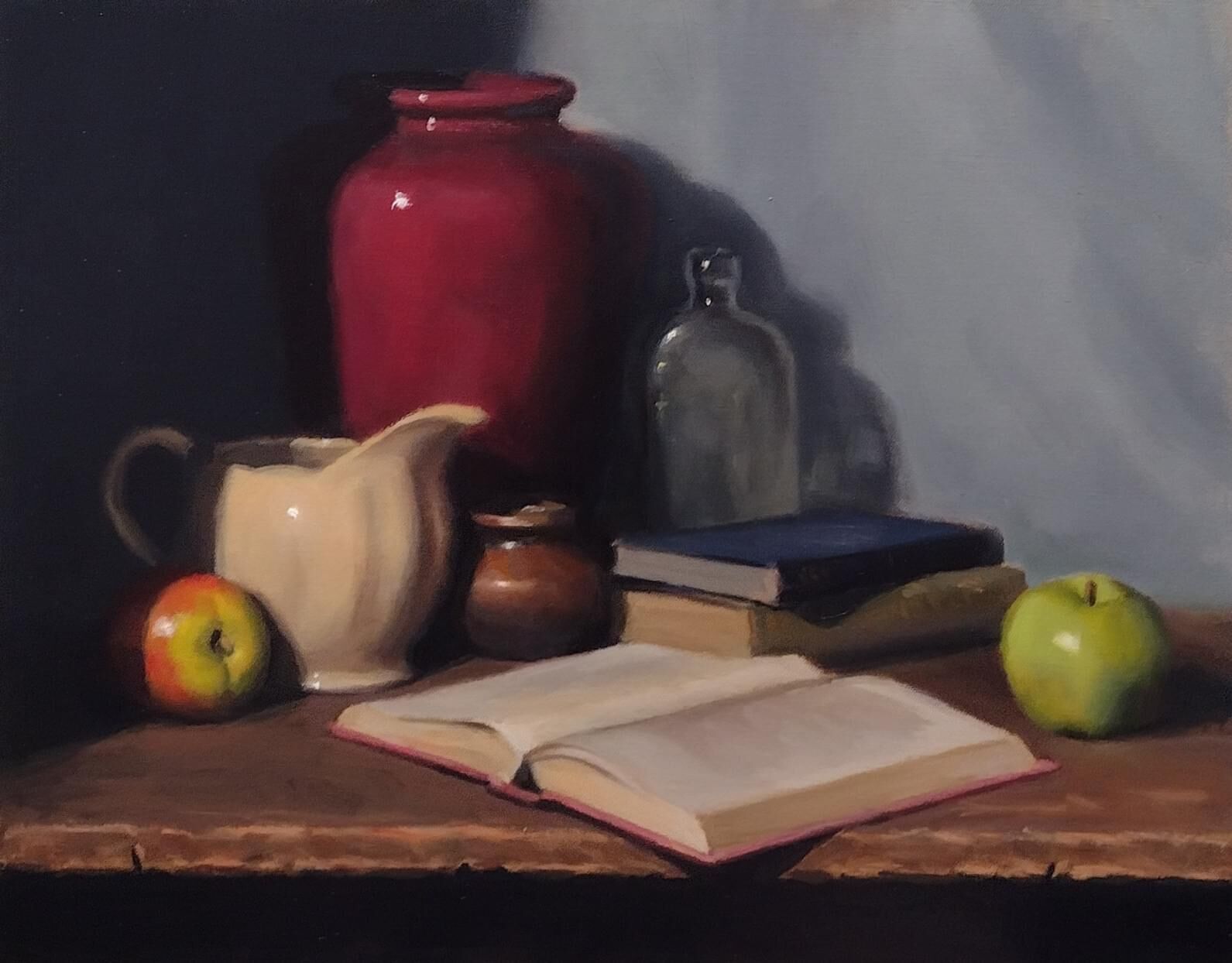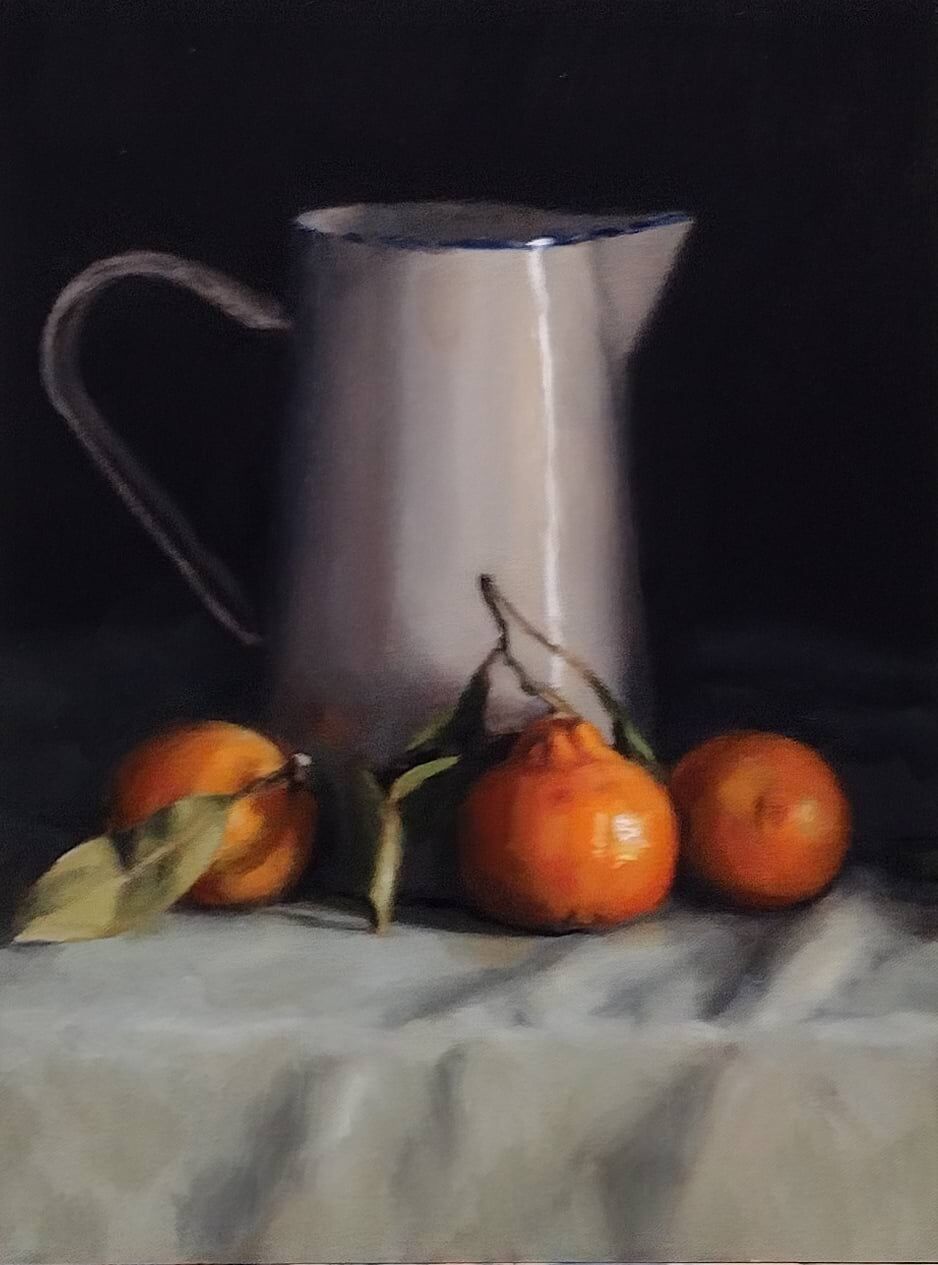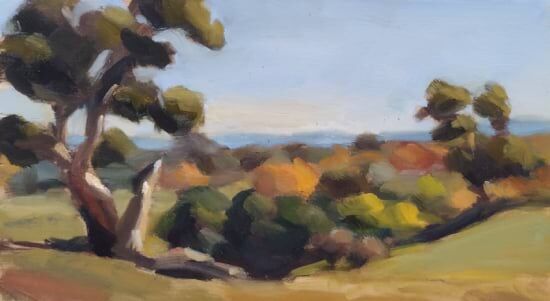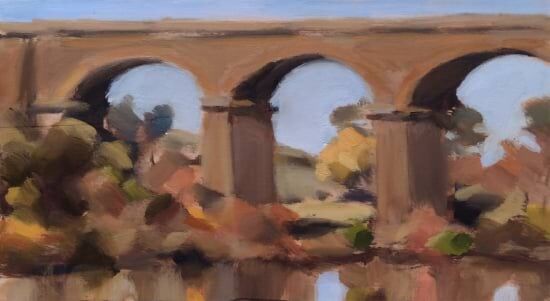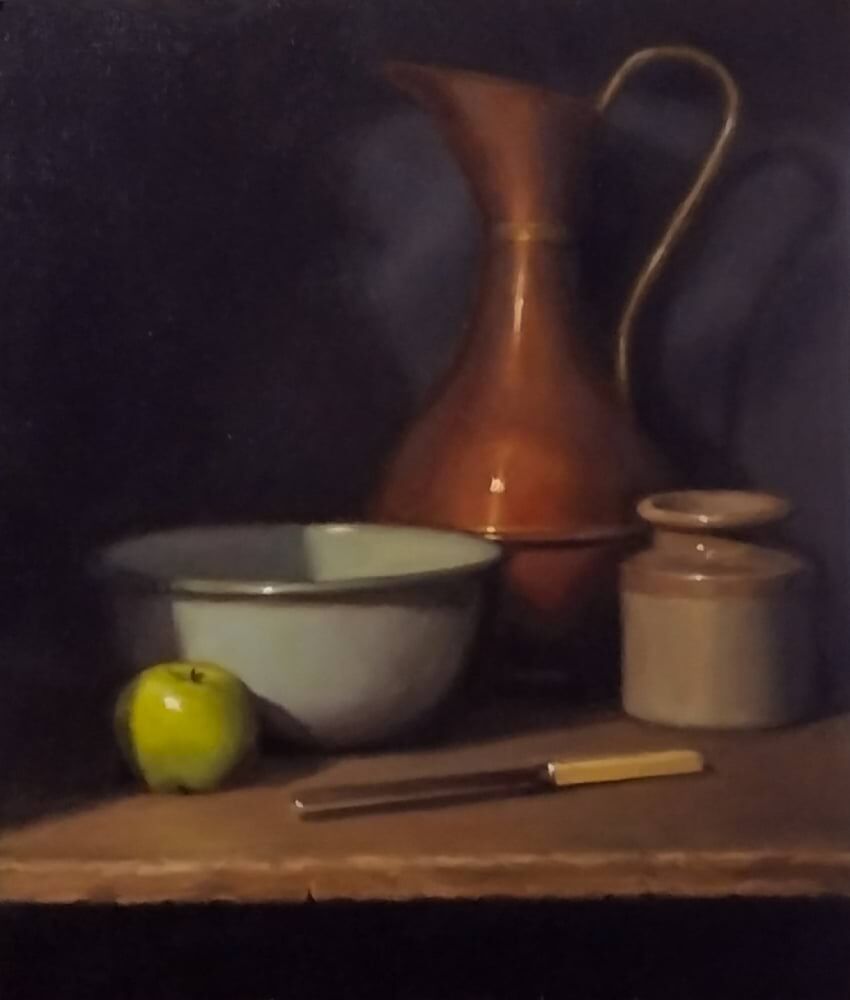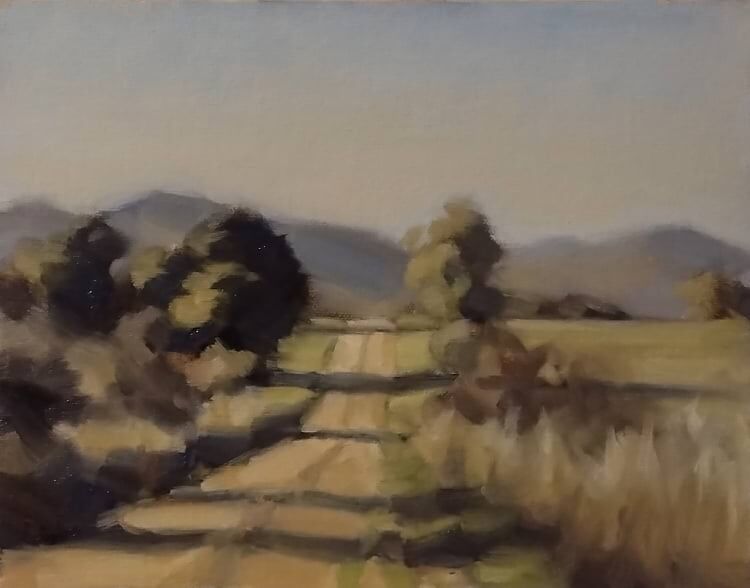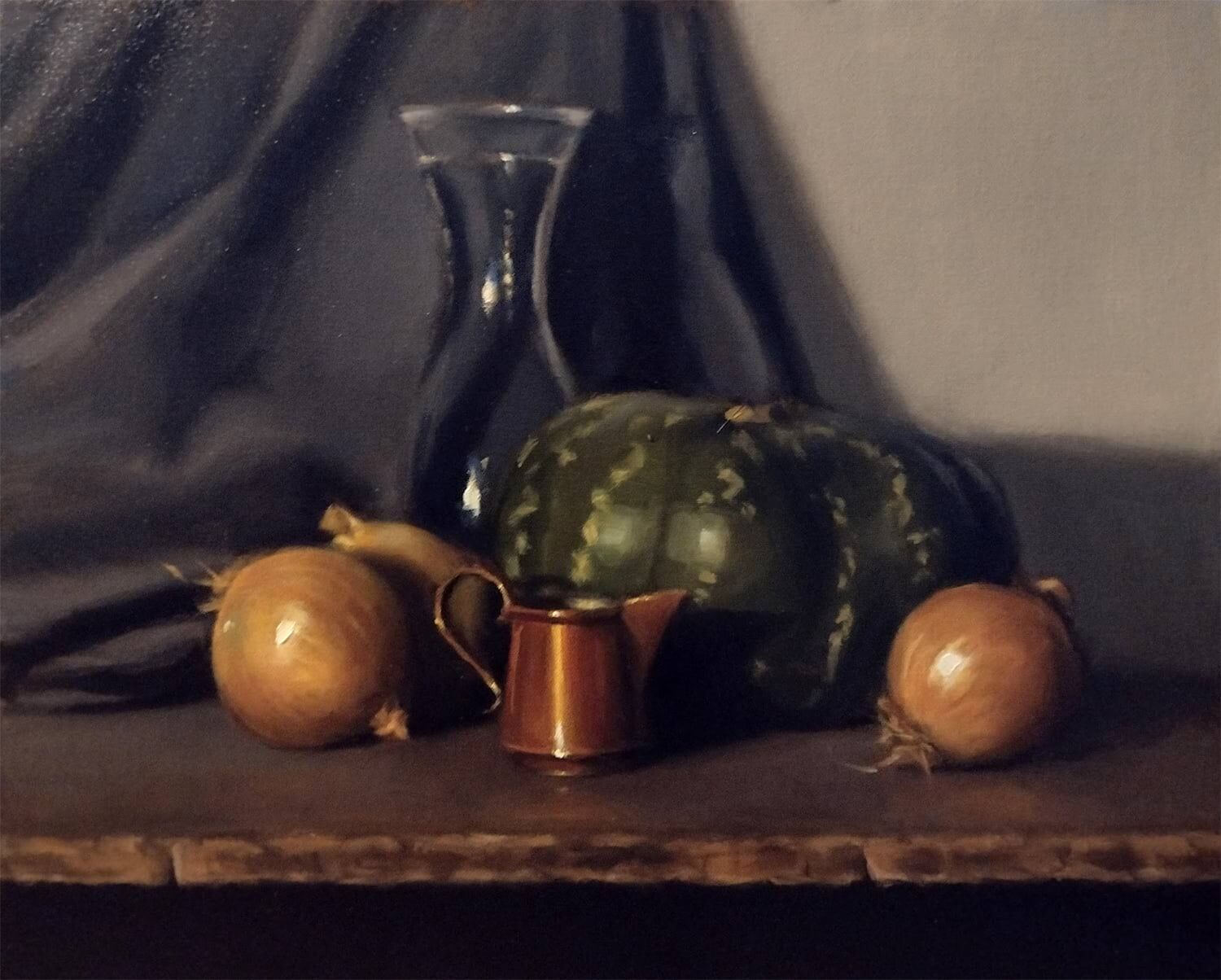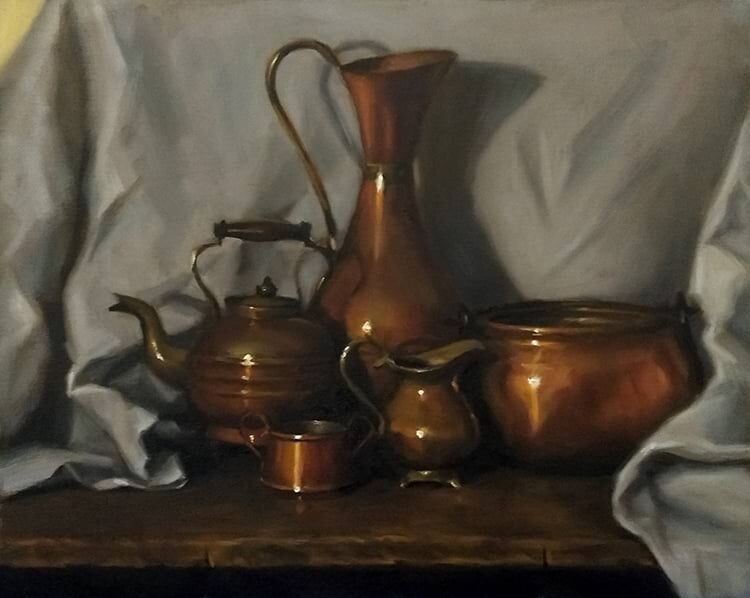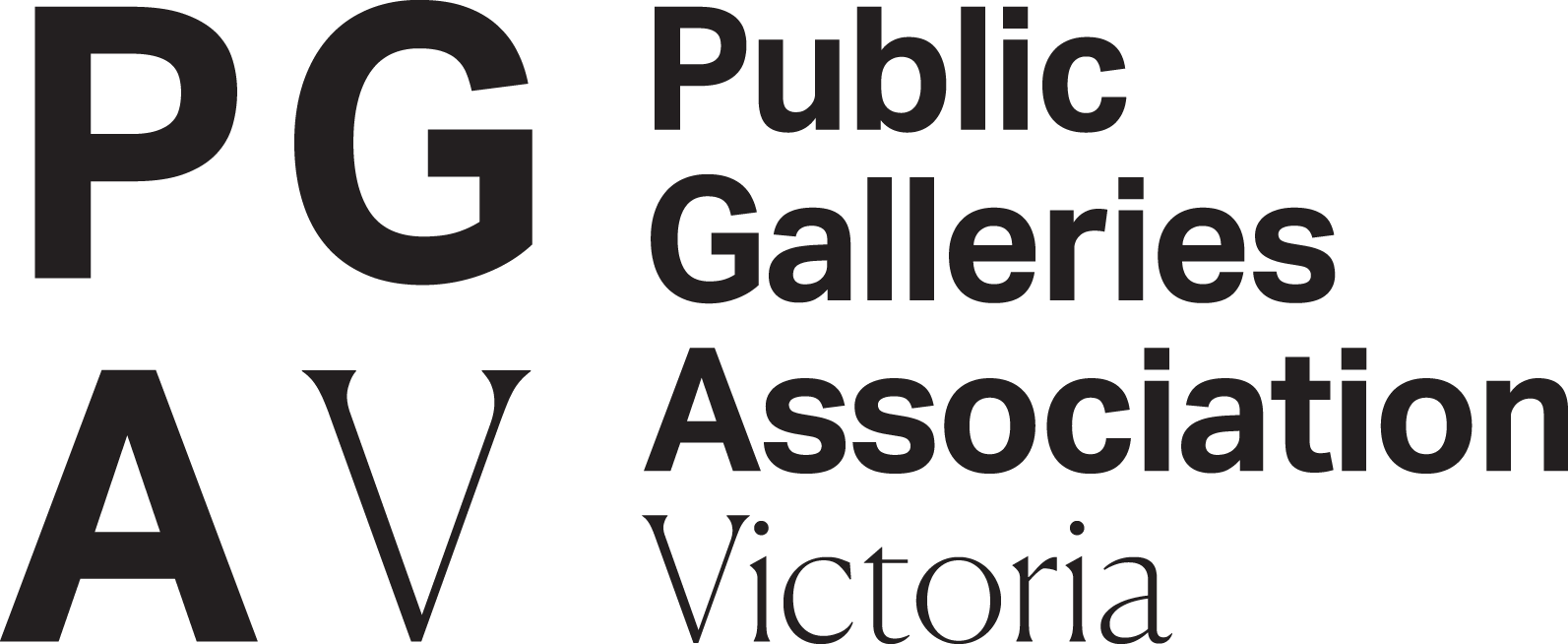T. J. Murphy
VAS
"Observation is, for me, a perpetually engaging pastime, and my paintings are a result of my endeavours to translate my visual perception into two dimensions whilst wrestling with the unavoidable limitations of pigment. Tonal order is my primary focus as I believe it to be the key to realism."
Biography
Born in Kyneton in 1973, I was interested in visual art from an early age, due, in no small part, to encouragement from my mother who attended the VCA and trained as a secondary art teacher. A particular reverence was also held amongst my family for my great grandfather, Thomas Fisher Levick, an artist of minor note and a long-time art instructor whose most notable position was head of the art department at Melbourne's Working Men's College. I suspect that growing up with exposure to family-produced artwork instilled in me a level of self belief that, with determination, I too could produce work worthy of appreciation.
My introduction to oil painting came in year 11 and I immediately fell in love with the medium and set about making poor imitations of my then heroes, Rene Magritte and Jeffrey Smart. Technical instruction at school was, alas, limited, but I greatly appreciated my teachers, not least for the fact they taught me that art could be subversive (a particularly welcome outlet for a boarding school student).
The realities of life (or perhaps my desire for beer money) meant I did not pursue painting, in any serious fashion immediately after secondary school, but a seed of realist revelation was germinated during my first trip to the west coast of Scotland in 2005. Photographing the landscape with a recently purchased digital camera (being the first time I could observe the immediate results of a photograph), I was struck by the inadequacy of the camera to reproduce the majesty of what I was seeing and I began to wonder if my visual experience could be better expressed in paint.
In this vein, I took the work of Clarice Beckett as inspiration, and subsequently discovered the works of the broader Meldrum School (Australian Tonalists), being particularly enamoured by the paintings of Percy Leason. Determined to improve my painting following tonal methods, in 2013 I embarked on the challenge of painting every day for a year.
It soon became clear that I could only go so far as an autodidact, and in my search for tutelage I was excited to discover classes in tonal realism at the VAS. Under the guidance of Steve Doyle, it became apparent that my approach had been largely misguided and I effectively had to unlearn what I thought I knew. An epiphany came one evening when, frustrated by my lack of progress, I submitted to Steve’s instruction and deliberately “lost an edge”; the result was that part of the painting receded and another part appeared to pop out. I was hooked.
Eager for more, I attended additional classes with Ray Hewitt. Ray was a wealth of information and exposed me to a number of different techniques based on tonal methods. During this period, I also purchased a small self-published book by Don James that outlined numerous tonal principles in a simple, easy to comprehend manner, and I give much credit to Don for demonstrating how simple the tonal approach can be.
Steve Doyle took a break from tutoring and Greg Smith assumed teaching duties in Steve's former timeslot. Greg’s tutoring was far more prescriptive, but his logical instructions allowed me to gain a much greater understanding of how to solve visual challenges and helped me develop a better awareness of the physical properties of paint. This enabled me to work with a certain assurance as it gave me a reference for exploring different painting pathways.
Armed with this confidence, I was excited when, largely due to Greg’s influence, I was given the opportunity to tutor classes at the VAS. A year of teaching, so far, has been an invaluable learning experience – it has compelled me to interrogate and codify my approach to painting, which, in turn, has given me a better, clearer understanding of how I currently work and where I might improve. This is hopefully reflected in the collaborations with my long-suffering students.
An eternal student myself, I continue to attend classes with Greg Smith and recently spent a term with Lee Machelak, whose disciplined methods inspired me to give greater consideration to the nuances of tone – it was also enlightening to observe how Lee conducted her class. I’m privileged, now, to enjoy the guidance of tutors on two levels: the painting knowledge they impart and the wisdom of their approach to teaching – I only hope I can pass on what I’ve learned.
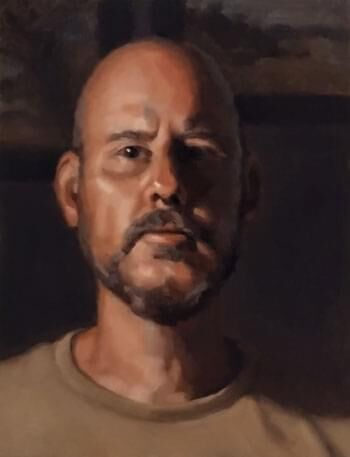
Self Portrait in the Studio
Oil on canvas board, 12" x 16"
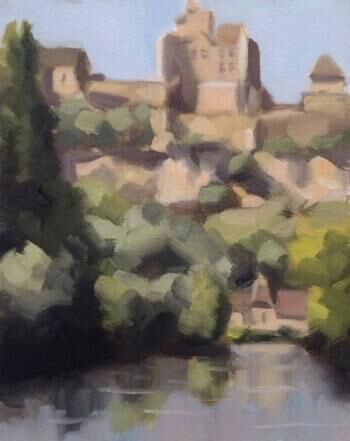
Château de Beynac from the Dordogne
Oil on canvas board, 8" x 10"
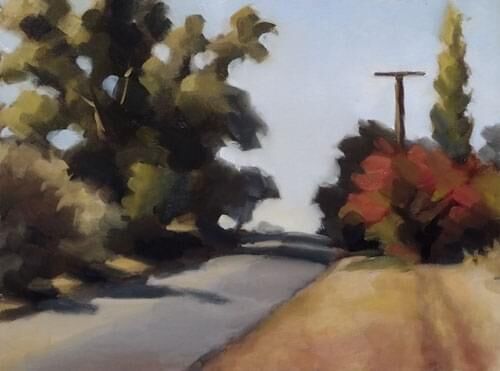
Murphys Road, Near Kyneton
Oil on canvas board, 12" x 16"
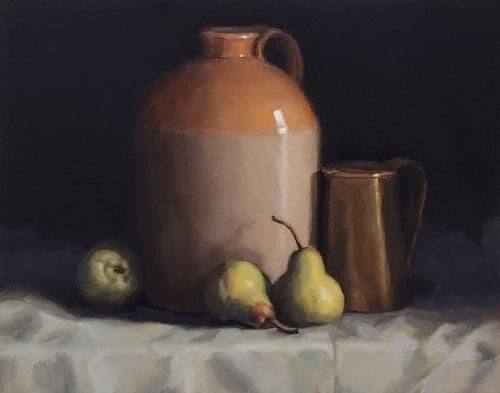
Pears with Earthenware Jug
Oil on canvas board, 16" x 20"
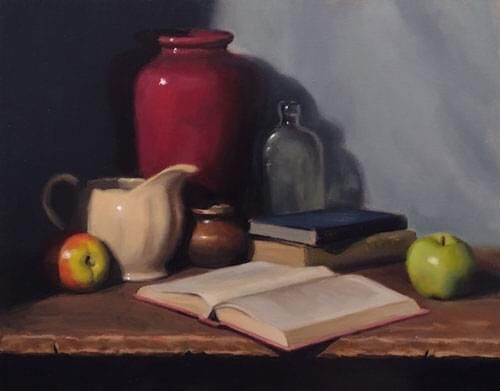
Still Life with Old Books
Oil on canvas board, 16" x 20"

Colour vs Skull
Oil on canvas board, 16" x 20"
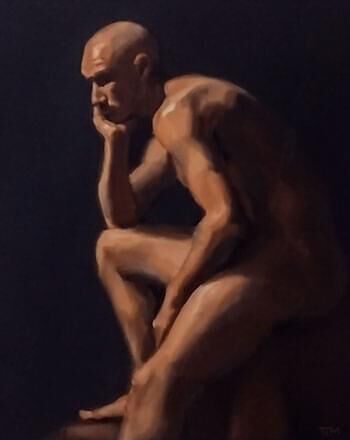
Figure Study
Oil on canvas board, 16" x 20"
Classes by T. J. Murphy
Acknowledgment of traditional owners.
We would like to pay our respects to the traditional owners of the land on which our building stands, their leaders, past, present and emerging.


